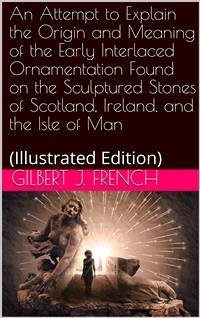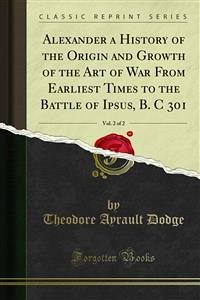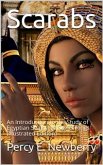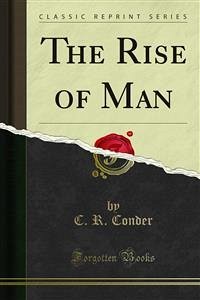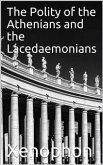Excerpt from Book:
Any reasonable and honest attempt to explain the origin of the singularly elegant interlaced ornamentation, familiar to archæologists as the very earliest style of artistic decoration known in the British islands, must be entitled to, and I feel assured will receive, favourable consideration. Even should the attempted explanation fail to obtain entire sanction, it will at least lead to attentive and accurate observations upon an interesting subject, which may at some future time refute or establish the theory which I venture to propound.
The style of interlaced ornament to which I refer is found in an infinite variety of devices on the earliest sculpture, whether of stone or metal, and in the oldest manuscripts and illuminations of Britain and Ireland. It retained its peculiar distinctive character throughout the Roman occupation of Britain, slightly modified by, and often mixed with, classical ornaments. These, however, in a great measure disappeared during the Saxon period, a circumstance which induces the belief that, whatever its origin and purpose, interlaced ornamentation was equally familiar to the Saxon invaders and to the British aborigines. It entered largely into Norman architecture; but from the time of the Conquest it gradually became less used, though traces of it are to be met with at nearly every period in the history of British art. Thus it was revived with the introduction of printing, when many beautiful capital letters, copied from ancient manuscripts, were reproduced as wood-cuts. It reappeared in the strap-work peculiar to the architecture and ornamentation of the Elizabethan and Jacobean eras. It is found in the bone-lace patterns of this country and of Northern Europe in the sixteenth and seventeenth centuries, and was retained in almost its original purity for the decoration of the dirks, targets, brooches and powder horns of the Scottish Highlanders within the last hundred years.
Any reasonable and honest attempt to explain the origin of the singularly elegant interlaced ornamentation, familiar to archæologists as the very earliest style of artistic decoration known in the British islands, must be entitled to, and I feel assured will receive, favourable consideration. Even should the attempted explanation fail to obtain entire sanction, it will at least lead to attentive and accurate observations upon an interesting subject, which may at some future time refute or establish the theory which I venture to propound.
The style of interlaced ornament to which I refer is found in an infinite variety of devices on the earliest sculpture, whether of stone or metal, and in the oldest manuscripts and illuminations of Britain and Ireland. It retained its peculiar distinctive character throughout the Roman occupation of Britain, slightly modified by, and often mixed with, classical ornaments. These, however, in a great measure disappeared during the Saxon period, a circumstance which induces the belief that, whatever its origin and purpose, interlaced ornamentation was equally familiar to the Saxon invaders and to the British aborigines. It entered largely into Norman architecture; but from the time of the Conquest it gradually became less used, though traces of it are to be met with at nearly every period in the history of British art. Thus it was revived with the introduction of printing, when many beautiful capital letters, copied from ancient manuscripts, were reproduced as wood-cuts. It reappeared in the strap-work peculiar to the architecture and ornamentation of the Elizabethan and Jacobean eras. It is found in the bone-lace patterns of this country and of Northern Europe in the sixteenth and seventeenth centuries, and was retained in almost its original purity for the decoration of the dirks, targets, brooches and powder horns of the Scottish Highlanders within the last hundred years.

